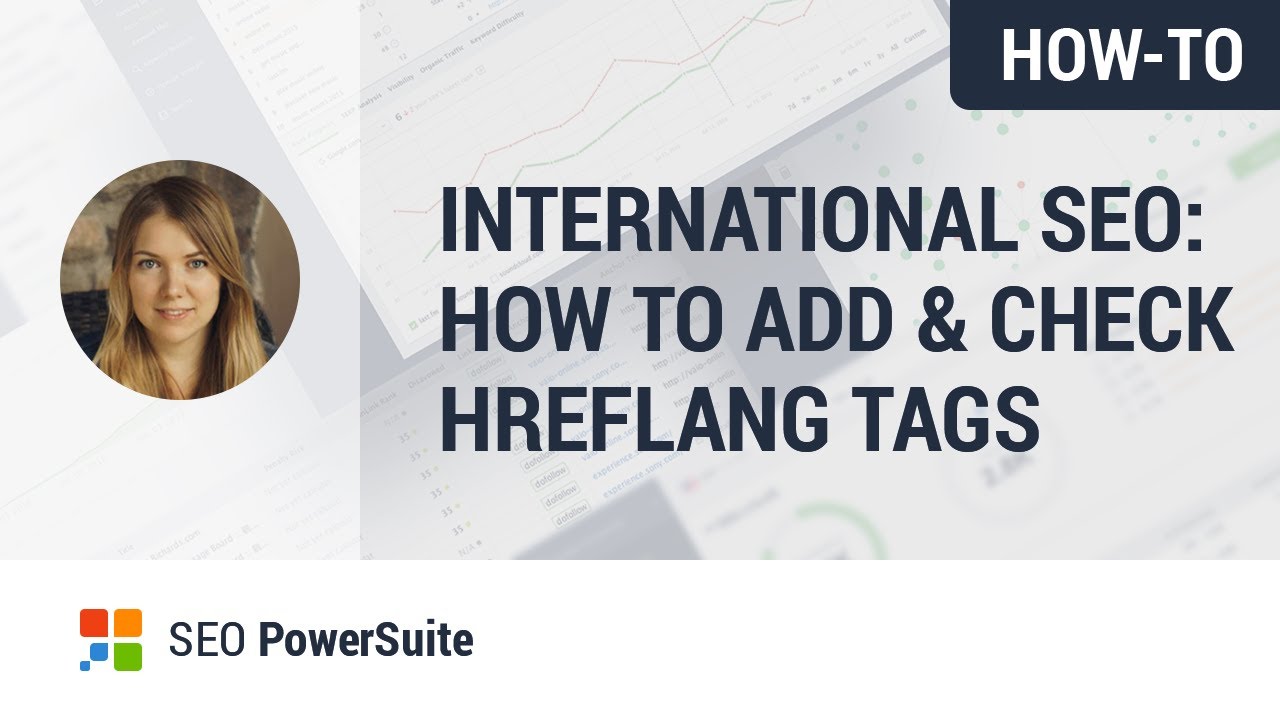Hreflang tagsare a technical solution for sites that have similar contentin multiple languages. The owner of a multilingual website wishes for search engines to direct visitors to content in their native language. Assume a user is Dutch, and the page that ranks is in English, but there is also a Dutch version. You'd like Google to display the Dutch page in the search results for that Dutch user. This is the type of problem hreflang is attempting to solve.

How to Add Hreflang Tags Automatically (and Enhance Your Global SEO)
What Is Hreflang?
Hreflang is an HTML attribute that specifies a webpage's language and geographical targeting. If you have multiple language versions of the same page, you can use the hreflang tag to inform search engines like Google about these variations. This allows them to serve their users the correct version.
For example, in the United States, the first result for "apple official website" is:
If you do the same in Spain, we get the following page:
Hreflang makes this possible.
Why Does Hreflang Tags Matter For SEO?
If you've spent time translating your content into multiple languages, you'll want search engines to show their users the most appropriate version.
Both Google and Yandex use hreflang tags to aid in this process.
According to Bing, hreflang is a weak signal for them, and they rely on the content-language HTML attribute, links, and who is visiting your site to determine language. They do, however, recommend that you use it in their official documentation.
Catering to search engineusers' native language also improves their experience. This frequently results in fewer people clicking away from your page and back to the search results (i.e., higher dwell time), a lower bounce rate, a higher time on page, and so on—all that good stuff that we believe has a positive impact on SEOand rankings.
But as Google’s Gary Illyes alludes to in this video, hreflang tags can also have a direct effect on rankings because pages in a hreflang cluster share each other’s ranking signals.
That alone should be enough of a reason to use hreflang where appropriate.
However, there is another reason hreflang attributes are important: duplicate content.
Assume you have two versions of your page, one for UK readers using British English spellings and one for US readers using American English spellings. Because these two pages are nearly identical, Google may consider them duplicate content and select one version to index.
Hreflang tags assist Google in comprehending the relationship between these pages. They will attempt to display the correct version of the search results, but this is not guaranteed. Hreflang tags are a signal, not a command. Localizing the content of pages that use the same language within a hreflang cluster is still best practice. You can accomplish this by localizing pricing (for example, USD vs. GBP), language variants (for example, trashcan vs. bin for the US vs. the UK), and so on. This is not an issue for translated pages because Google does not consider them duplicates.
Common Mistakes To Avoid When Using Hreflang Tags
Using The Wrong Method To Implement Hreflang Tags
Make sure to properly implement your chosen method as well, or you may encounter issues with your hreflang tag setup. (If you use Weglot, you won't have to worry about incorrect implementation because it will do everything for you.)
Not Using The Correct Language And Region Codes For Your Hreflang Link Attributes
When stating the language and region of your hreflang link attributes, use the correct ISO 639-1 language codes and ISO 3166-1 region codes. For example, you should use "ko" to refer to the Korean language but "kr" to refer to the South Korean region.
In Google Search Console, using the incorrect language or country code may result in a "your site has no hreflang language tags" error. Visitors may also see an incorrect version of a page.
Using The Hreflang Tag On Only Your Homepage
Hreflang tags should be used on all pages of your website with language and regional variants, not just the homepage. Otherwise, you'll indicate that you have one or more variants for the homepage but not for the rest of your web pages.
Using Hreflang Tags To Point Your Web Pages To Irrelevant Language Variants
Adding hreflang tags for language variants to web pages that haven't been customized for such languages may appear to be a good way to cover all your bases. This exercise, however, is more likely to be a waste of time.
This is because when visitors view these web pages that are not tailored to their context, they are likely to become confused and bounce. Google may notice this and determine that your web pages are less relevant to such visitors – and thus rank them lower for similar searches in the future.
Using The Same Language Variants For Visitors From Different Regions
Although both France and Belgium have people who speak French, this does not mean that you can serve the same version of your website to French speakers in both countries.
This is because, in order to provide a truly localized user experience, your web pages will need to be tailored to the local contexts for both groups, whether in terms of content or culture.
Not Providing A Fallback Page For Uncatered Variants
As previously stated, you are not required to provide alternate versions of your website for all possible languages and regions. You should, however, have fallback pages that Google can serve to visitors who have language and region settings that you haven't catered for.
Also, don't forget to add the "x-default" hreflang attribute to these pages!
Not keeping Your Hreflang Tags Up To Date
As your website grows, keep an eye on its structure and check to see if your hreflang tags need to be updated.
For example, if you create a new domain for a country, you'll need to add hreflang tags to all of your existing web pages so that they point to the web pages in the new domain. If you delete a language version of your website, you must also remove the hreflang tags that point to that language version.
You don't want hreflang tags that point to missing or incorrect URLs – this degrades the user experience and can harm your search engine rankings.
Why Do You Need Hreflang Tags?
Finally, using hfreflang tags can help you create a better user experience. If a user in Germany searches for HubSpot, we want to ensure that the search engine results show our site in German, not English. Aside from providing a better user experience, this can also help reduce bounce rates and increase conversion rates by displaying the best version of your site to the appropriate audience.
Another advantage of using hreflang tags is that they help to avoid duplicate content. Assume you have the same content on different URLs aimed at Spanish speakers in Mexico, Spain, and Chile, but with minor variations based on the target audience, such as currency. Google may consider this duplicate if there is no hreflang tag.
Hreflang tags tell search engines that while the content may look similar, it is directed at different audiences.
People Also Ask
Is Hreflang Good For SEO?
Why it's a problem. Search engines ignore invalid hreflang tags, so alternate versions of your page may be overlooked. This is bad for SEObecause search engines may not be able to show users the most relevant version of your page.
Is Hreflang Necessary?
If you have a global audience, using hreflang tags will benefit your website and digital marketing efforts. The hreflang attribute tells Google which language and country you want to target for a particular page.
Is Hreflang A Ranking Factor?
According to Gary Illyes of Google, the hreflang attribute is not a ranking signal, but it will result in more targeted traffic.
Conclusion
Setting up hreflang is a time-consuming process. It's a difficult standard with many specifics you must understand and deal with. This guide will be updated as new things about this specification are introduced and best practices evolve, so come back when you're working on your implementation again!
Using hreflang is an important part of technical SEO. But there's more you can do to get your technical SEOback on track.


